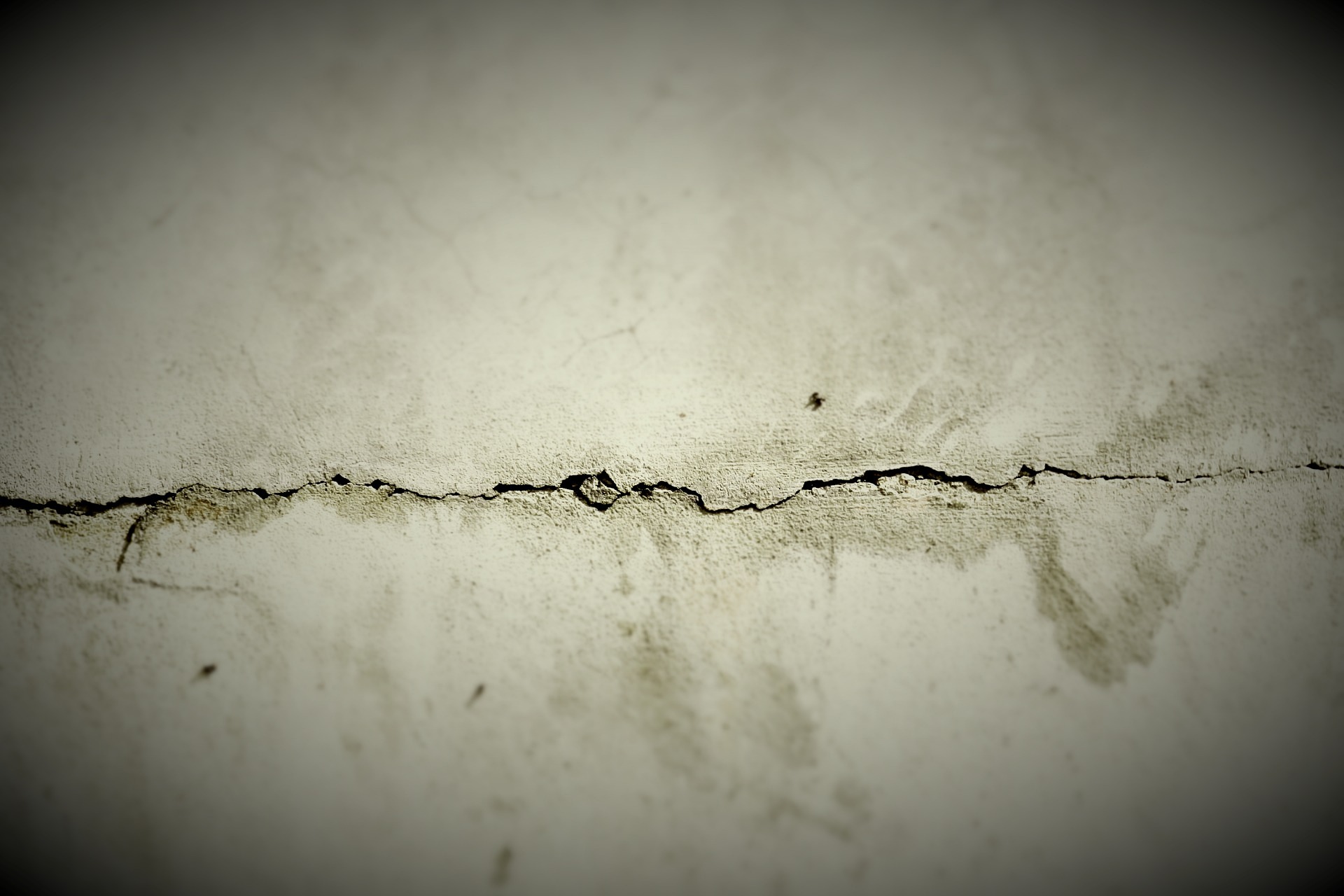Concrete Crack Repair: Essential Guide for Building and Home Maintenance
Concrete cracks can be a source of concern for both homeowners and building managers. These fissures not only affect the aesthetic appeal of structures but can also lead to more serious structural issues if left unaddressed. Understanding the causes, types, and repair methods for concrete cracks is crucial for maintaining the integrity and longevity of buildings and homes. This comprehensive guide will explore the essentials of concrete crack repair, providing valuable insights for property owners and managers alike.

How can you identify different types of concrete cracks?
Identifying the type of concrete crack is crucial for determining the best repair approach. Hairline cracks, which are typically less than 0.1 mm wide, are often cosmetic and may not require immediate attention. However, larger cracks, especially those wider than 0.3 mm, may indicate more serious structural issues. Pattern cracking, such as map cracking or crazing, often appears as interconnected lines on the surface and is usually caused by shrinkage or improper finishing techniques. Vertical cracks in walls may be due to settlement or foundation problems, while horizontal cracks could indicate serious structural issues or water pressure. It’s important to monitor crack width and progression over time to assess their severity and potential impact on the structure.
What are the most effective methods for concrete crack repair?
The choice of repair method depends on the type, size, and location of the crack. For small, non-structural cracks, epoxy injection is a popular and effective solution. This method involves injecting a low-viscosity epoxy resin into the crack, which hardens to form a strong bond. For wider cracks or those subject to movement, routing and sealing is often employed. This technique involves widening the crack with a concrete saw or grinder, cleaning it thoroughly, and filling it with a flexible sealant. In cases of more severe structural cracks, stitching may be necessary. This involves drilling holes on both sides of the crack and inserting U-shaped metal staples to hold the concrete together. For extensive damage, full-depth repairs or even concrete replacement might be required.
When should you seek professional help for concrete crack repair?
While minor cracks can often be addressed by DIY enthusiasts, there are situations where professional assistance is crucial. If you notice cracks wider than 1/4 inch, or if cracks are accompanied by signs of structural movement such as doors or windows not closing properly, it’s time to call in an expert. Additionally, if you observe cracks that are actively leaking water or if there are signs of settlement, such as uneven floors or tilting walls, professional assessment is necessary. Cracks in load-bearing elements, such as foundation walls or support columns, should always be evaluated by a structural engineer or experienced concrete repair specialist to ensure the safety and integrity of the building.
How can you prevent future concrete cracks in your building or house?
Preventing concrete cracks starts with proper construction techniques and continues with ongoing maintenance. During construction, ensuring proper concrete mix design, adequate reinforcement, and appropriate curing processes can significantly reduce the likelihood of cracking. For existing structures, regular inspections and maintenance are key. This includes addressing drainage issues to prevent water accumulation near foundations, sealing concrete surfaces to protect against moisture intrusion, and controlling vegetation growth near the structure to minimize root-induced damage. In areas prone to extreme temperature fluctuations, installing expansion joints can help accommodate thermal movement and prevent stress-induced cracking. Additionally, applying a quality concrete sealer every few years can help protect the surface from moisture and chemical damage, reducing the risk of future cracking.
What are the costs associated with concrete crack repair?
The cost of concrete crack repair can vary widely depending on the extent of the damage, the repair method chosen, and the location of the property. For minor cracks, DIY repair kits can range from $20 to $150, making them an affordable option for small-scale repairs. Professional epoxy injection for hairline cracks typically costs between $300 and $500 per crack, while more extensive repairs using methods like routing and sealing can range from $800 to $2,500 per crack, depending on length and complexity.
For structural repairs requiring professional intervention, costs can escalate quickly. Foundation crack repairs, for instance, can range from $2,000 to $7,000 or more, depending on the severity of the damage and the repair method used. In cases where extensive concrete replacement is necessary, costs can exceed $10,000 for large areas or complex structural elements.
| Repair Method | Typical Cost Range | Best For |
|---|---|---|
| DIY Repair Kits | $20 - $150 | Small, non-structural cracks |
| Epoxy Injection | $300 - $500 per crack | Hairline to small cracks |
| Routing and Sealing | $800 - $2,500 per crack | Wider, active cracks |
| Structural Repairs | $2,000 - $7,000+ | Foundation or load-bearing element cracks |
| Concrete Replacement | $10,000+ | Extensive damage or large areas |
Prices, rates, or cost estimates mentioned in this article are based on the latest available information but may change over time. Independent research is advised before making financial decisions.
Concrete crack repair is an essential aspect of building and home maintenance that should not be overlooked. By understanding the causes, types, and repair methods for concrete cracks, property owners can take proactive steps to address issues before they escalate into more serious problems. Whether dealing with minor surface cracks or more significant structural issues, timely intervention and appropriate repair techniques can help maintain the integrity, safety, and value of buildings and homes. Regular inspections, proper maintenance, and professional assessments when necessary are key to ensuring the longevity and stability of concrete structures.






